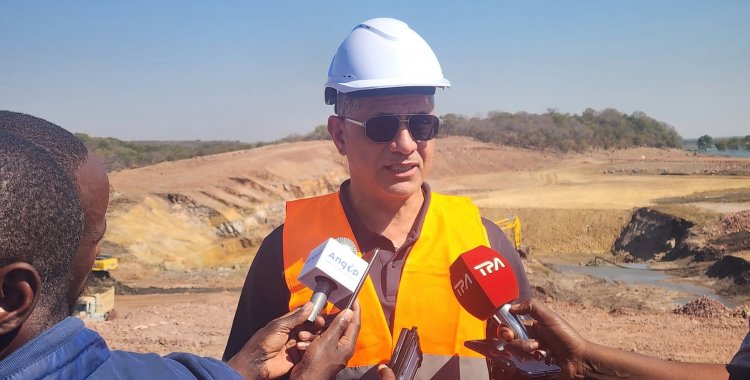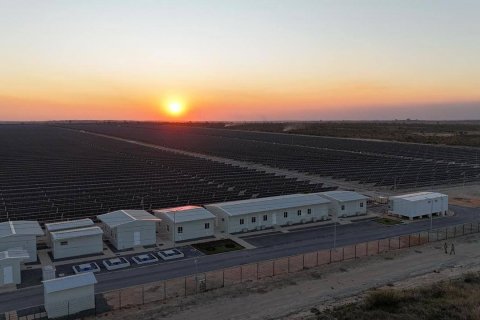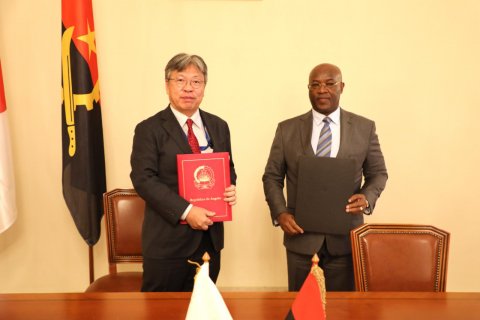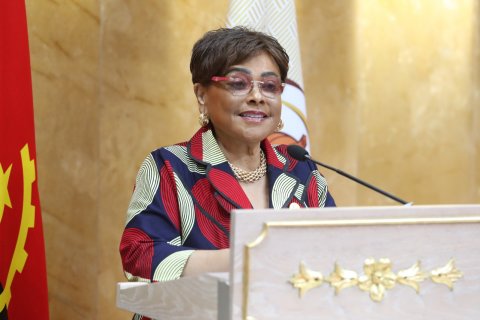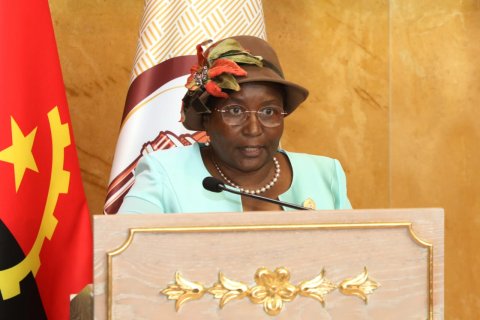According to a statement from the Ministry of Energy and Water, to which VerAngola had access, this dam, which has been under construction in the municipality of Cahama (Cunene) since 2022, has a physical execution of around 28 percent, with the works expected to be completed by the end of next year.
"In general, the Cova do Leão dam is expected to benefit around 50,000 inhabitants, with the works expected to be completed by the end of 2026", the note reads.
In addition to the dam, which will have a storage capacity of around 53 million cubic meters of water, the project will also include a drinking water collection and supply system.
"In addition to the dam, which will have a water storage capacity of around 53 million cubic metres, the project includes a drinking water collection and supply system that will supply the towns of Cahama, Otchindjau and others", the statement states, adding that the municipality of Curoca "will also benefit from a water supply system using artesian wells".
However, soon, "around 5000 residents of Chitado will benefit from the completion of the water supply system in this town, with collection, treatment and distribution, with the Cunene River as its water source", the ministry reports, also mentioning that "livestock will also benefit from drinking troughs along the 63-kilometre pipeline".
During this visit, the minister also visited the construction site of the Calucuve dam, which has reached a physical completion level of 78 percent.
Located in the municipality of Cuvelai, in the Mukolongondjo commune, the infrastructure is expected to "benefit nearly 200,000 head of cattle and more than 80,000 inhabitants of the region".
In addition to the 31.60-metre-high, 2,184-metre-long dam that will store around 141 million cubic metres of water, this project "includes the construction of a 240-kilometre-long adductor canal with 22 chimpacas".
The Ndué dam, also located in the Mukolongondjo commune, "also includes a dam measuring 32.80 metres in height and 1500 metres in length, with the capacity to store 170 million cubic metres of water, with an associated 75-kilometre supply channel, with 15 chimpacas, for various economic and social purposes, benefiting the population, agriculture and livestock along the channel".
This project will benefit "around 55,000 inhabitants, 60,000 head of cattle and has a physical execution of 86 percent, with its completion scheduled for the end of this year", reads the note, which also states that Ndué has several jobs, "which employ 4000 workers, most of whom are young".
The visit to these facilities is part of the visit to the south of the country by the Minister of Energy and Water. According to the statement, this journey through the south has the "objective of evaluating strategic projects to increase the availability of water and energy in this region, as well as mitigating the harmful effects of the cyclical drought that has been ravaging this region of the country".
In the province of Cunene, João Baptista Borges, accompanied by the Secretary of State for Water, António Belsa da Costa and the "delegation of officials from the Ministry of Energy and Water who accompanied him from Luanda", noted the "progress of the construction works on the Cova do Leão, Calucuve and Ndúe dams".

